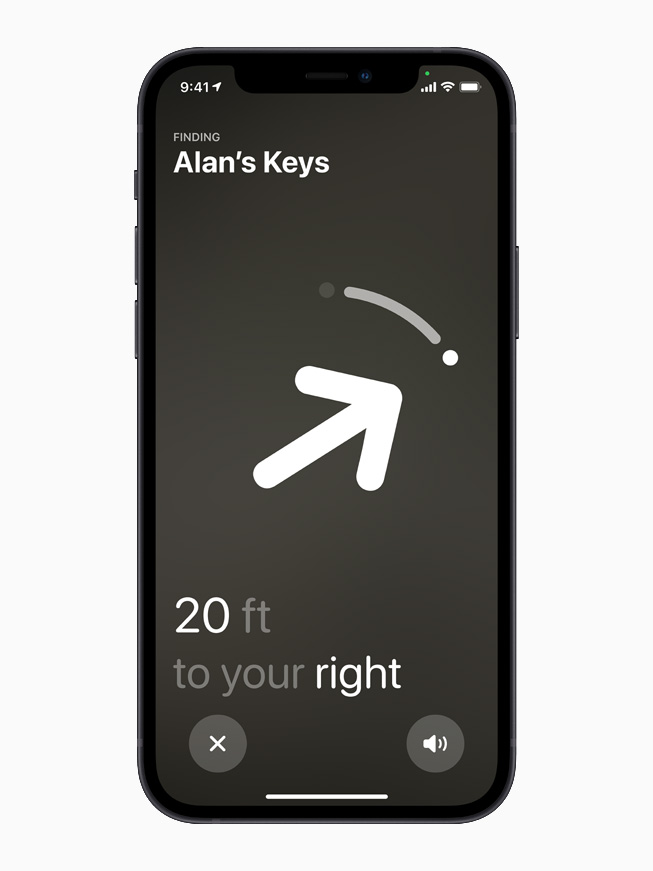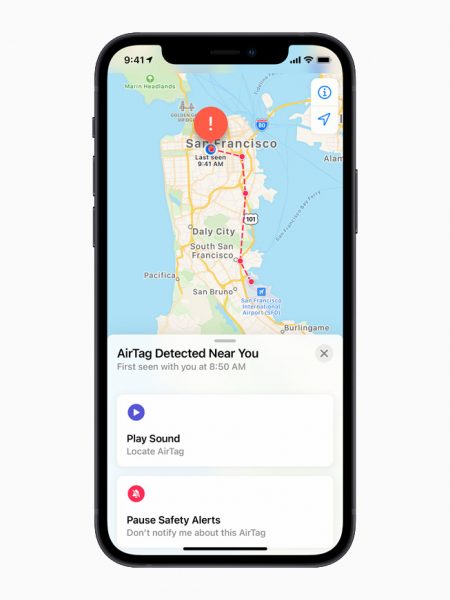Apple finally unveiled its much-awaited item-trackers AirTag. The $29 device helps you find your key through its U1 chip using Ultra-Wideband technology and Bluetooth.
The U1 chip uses a 6-8.5GHz frequency band to transmit signals at a short-range to help you locate items using the Find My app on your iPhone. This helps you find stuff with more precision as compared to the approximate location shown by Bluetooth trackers.
The Find My app will show you the direction and distance of your item attached to the AirTag, so you can look for it in that specific area.

If you can’t find your items in U1 or Bluetooth range, you can see its last known location on Apple Maps. But to preserve your privacy, this location is only known to you with end-to-end data encryption. Apple says that it switches up Bluetooth frequencies when tracking the item to avoid hijacking of those signals.
Apple has also included a lot of fail-safe mechanisms in case you can’t find your item through the Find My app. Other iPhone owners can also use the Find My app to identify the owner of an unknown tag and relay the location back to them securely.

However, if your AirTag is separated you for a long amount of time, it’ll play a distinct sound to draw attention, and anyone with any NFC-enabled phone — an iPhone or an Android phone — can get instructions to disable it.
You can get a single unit of AirTag for $29, and a pack of four for $99 starting April 30.
Did you know we have a newsletter all about consumer tech? It’s called Plugged In – and you can subscribe to it right here.
